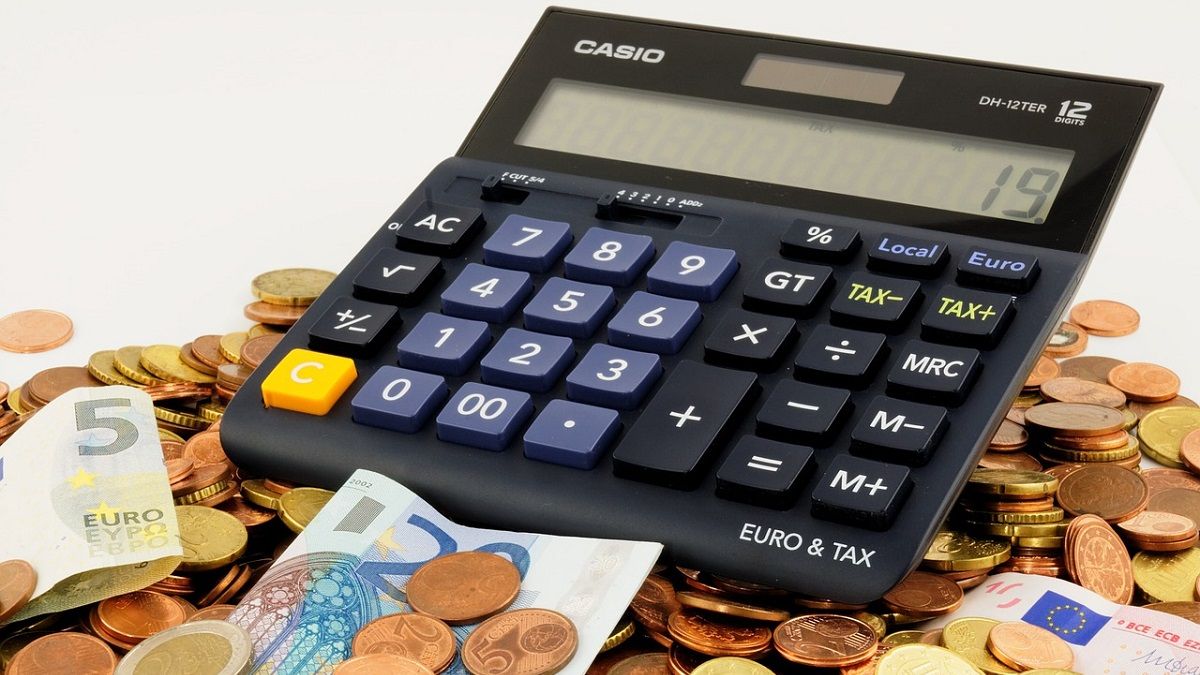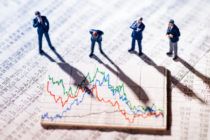It looked yesterday as if the bad economic news of the last 18 months had become even-worse economic news, when Reuters reported that the German government has cut its economic outlook from 3.5% to 2.6%, despite raising its outlook for 2022 to 4.1%.
Quoting two sources, the newswire reported: “The revised government forecast for gross domestic product growth compares with an April prediction for the economy to grow by 3.5% in 2021 and by 3.6% in 2022.”
The reason given, it seems, are the current hindrances on the supply chain, an issue that we have covered repeatedly on this site.
Said Reuters: “The scarcity of semiconductors and other intermediate goods, caused by supply chain disruptions because of the covid-19 pandemic and a rise in demand for chips in an increasingly digitalised world, is holding back German manufacturing output. In addition to the supply problems with electronic components, companies are also struggling to meet high demand because of raw material shortages.”
Moving the goalposts
Even inflation raises its head again in this story. “The widespread bottlenecks in production, coupled with unusually high demand, are leading to price increases and this is why the German government expects consumer price inflation to surge to 2.9% this year, one of the sources told Reuters. But the government is sticking to its assessment that the price surge will be temporary, and sees inflation easing to 2.2% in 2022 and to 1.7% in 2023, the source said. The figures compare with consumer price inflation of 0.6% in 2020.”
All of this was rumour until Peter Altmaier, the soon-to-be-former federal minister of Economics confirmed it on Tuesday. Altmaier was, like a true German bureaucrat, boring and practical about it. The German economy will get back to where it was before corona by the end of Q1 2022, he was reported to have said to the Handelsblatt newspaper.
“A quarter later than originally assumed,” he was quoted. “The prerequisite is, of course, that the growth course is not strangled in the coming months.”
That is a big loophole he put in there. So big that you could drive an HGV truck through it, provided you could find a driver at this point. Something unexpected—a global pandemic that seems as if it will never end, pressure on the supply chain, a dearth of computer chips—can, could, and possibly will show up to derail things again.
Altmaier still managed to sound upbeat about it, like a freezing man outside on a cold night, admiring the heat of his burning house. He told the broadcaster ZDF: “It will still be one of the strongest growth rates in Europe. But many goods are not being delivered because there is a shortage of raw materials in many areas and that is simply having an effect.”
There is not much for Altmaier to worry about personally. Despite its elections over a month ago, it has yet to be finalised as to who will lead the new government. Unlike the Americans, in which a winner is declared relatively quickly and easily, with all the fighting to come afterwards, the Germans like to take their time. You cannot, apparently, rush good things like a stable government or a new airport.
Evaporated momentum
Despite Altmaier’s trying to look on the bright side, other viewpoints have been pessimistic.
A few days ago, ING jumped in with its own analysis of the situation. Carsten Brzeski, with whom Expert Investor has spoken many times in the past, said: “There is very little light in the just-released Ifo index. In fact, Germany’s most prominent leading indicator dropped in October for the fourth month in a row, coming in at 97.7. The growth enthusiasm of the summer months has completely gone up in smoke. The last time the Ifo index dropped for four consecutive months was in the summer of 2019. Both the current assessment and the expectations component weakened, suggesting that there is very little hope for a quick turnaround from the current loss of momentum in the German economy.”
Brzeski spends the new few paragraphs going over the reasons, outlined at the beginning of the piece, as to why the German economy is currently suffering. His conclusions, though, are more sober and balanced than Altmaier’s, and are absent of the ‘It’s not that bad’ the politician presented.
“It is hard to predict when the supply chain frictions will be over,” writes Breski. “In fact, it could take until next summer before all the disruptions have been resolved and supply chains are back to normal. The same holds for energy prices. Here, we currently expect some relief after the winter. All of this means that there is not only an increasing risk that the German economy could come to a complete standstill in the final quarter of the year, there is also the clear risk that the economy will not reach pre-crisis levels this year.”
As it stands, Germany and the continent are still looking to be squeezed this year on the economy through the supply chains that run through it like arteries. It may be too much to ask in choosing to rely on them. As it has always been, I trust in Santa Claus to bring my presents on time.







